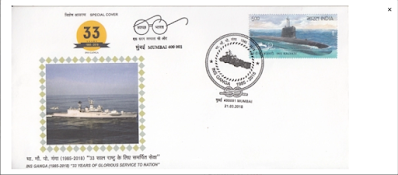Sagar Samrat is a drill-ship, a merchant vessel designed for use in exploratory offshore drilling of new oil and gas wells or for scientific drilling purposes. It was the first rig that drilled the first well offshore in 1974.
Here are five things you need to know about Sagar Samrat:
- It is located at Bombay High, 176 kilometers off the coast of Mumbai.
- It is managed by Oils and Natural Gas Corporation (ONGC).
- Sagar Samrat has a drilling depth of 18,000 feet (5,486 metre) and ONGC has plans to convert the rig to take over oil production duties replacing Bombay High north platform.
- In 1960s, after India's industrialisation overdrive, the energy requirement rocketed and, during 1964-67, a Russian oil exploration team operating from the seismic exploration vessel Akademik Arkhangelsky discovered India's largest oil and gas field which was named Bombay High. After a major fire accident in July 2005, the north platform was lost hence Sagar Samrat is being turned over to Bombay High operations.
- Sagar Samrat has been in service for 32 years. The rig has drilled 125 wells and has been associated with 14 major discoveries adding more than 3 billion tonnes of oil and gas reserves.





